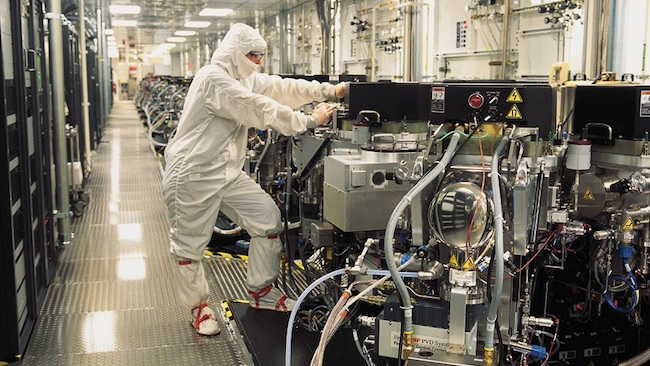AMD, who owns less than 20% of the x86 market, and ARM, who powers practically every mobile phone on the face of the planet, have joined forces with Imagination, MediaTek and Texas Instruments to form the HSA (Heterogeneous System Architecture) Foundation. If that sentence scares you because you think this article will be overly technical, then you’re right. Here’s my best attempt at parsing the Foundation’s press release and interpreting what it means to the future of mobile:
Right now application processors work alone. They’re paired up with graphics processors on a system on chip, but the GPU has to talk to the CPU via some sort of bus, which slows things down. Also, the GPU doesn’t have access to the same pool of memory that the CPU does. There are certain frameworks that enable GPUs to do some of the work that CPUs normally can’t perform as quickly, but each GPU has a different implementation of said frameworks, making it difficult to have code ported across multiple chipsets.
The goal of the HSA is to enable a future where anyone can build a system on chip where various blocks of functionality interface directly with a CPU instead of via a bus. There’s also an effort to standardize a way for heterogeneous architectures to talk to each other. Intel would rather stamp out billions of chips that do one thing and one thing only using their architecture, whereas AMD wants to see a market where every industry has their own custom solution that’s best suited to their needs.
Which approach is right? Again, my grasp on this subject is rather weak, but I’m going to have to side with Intel here from a sheer economics perspective. Making a billion copies of one thing is a lot easier and cheaper than building one million copies of 1,000 different chips.
If you feel you can better educate me about this topic, please email me.
[Via: Engadget]
